Your home is supposed to be your safe haven, but lurking behind your walls and under your floors could be hidden electrical fire hazards waiting to ignite. These dangers often go unnoticed until it’s too late, turning a cozy evening at home into a potential disaster. It’s time to shine a light on these silent threats before they spark something dangerous.
Outdated Wiring—A Ticking Time Bomb
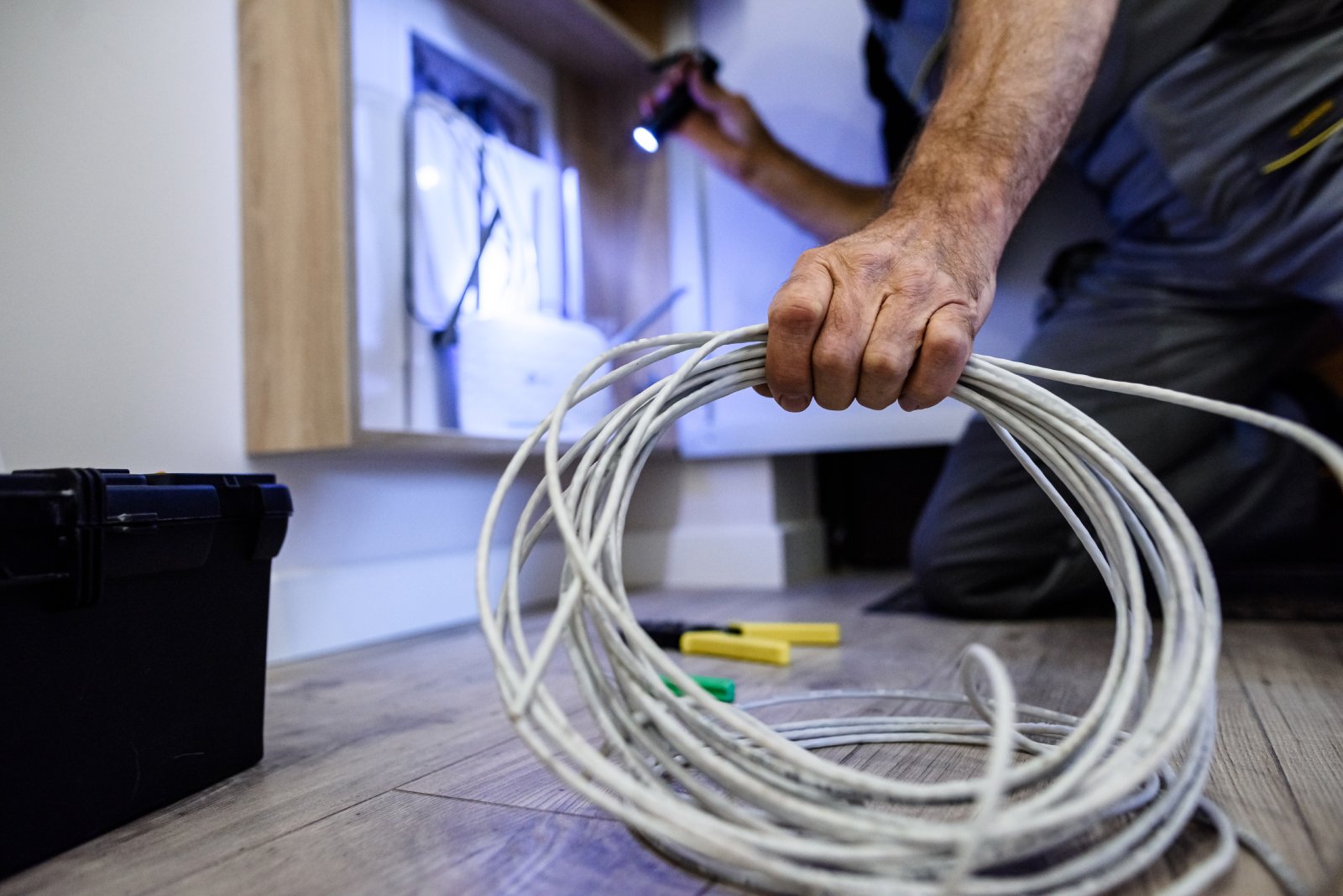
If your home was built before the 1980s, it might be hiding outdated wiring that’s no longer up to today’s safety standards. Knob-and-tube or aluminum wiring, common in older homes, is especially prone to overheating and causing fires. These systems weren’t designed to handle the electrical load of modern appliances, and the wear and tear of decades can lead to frayed wires and loose connections—a recipe for disaster.
Overloaded Circuits—More Isn’t Always Better
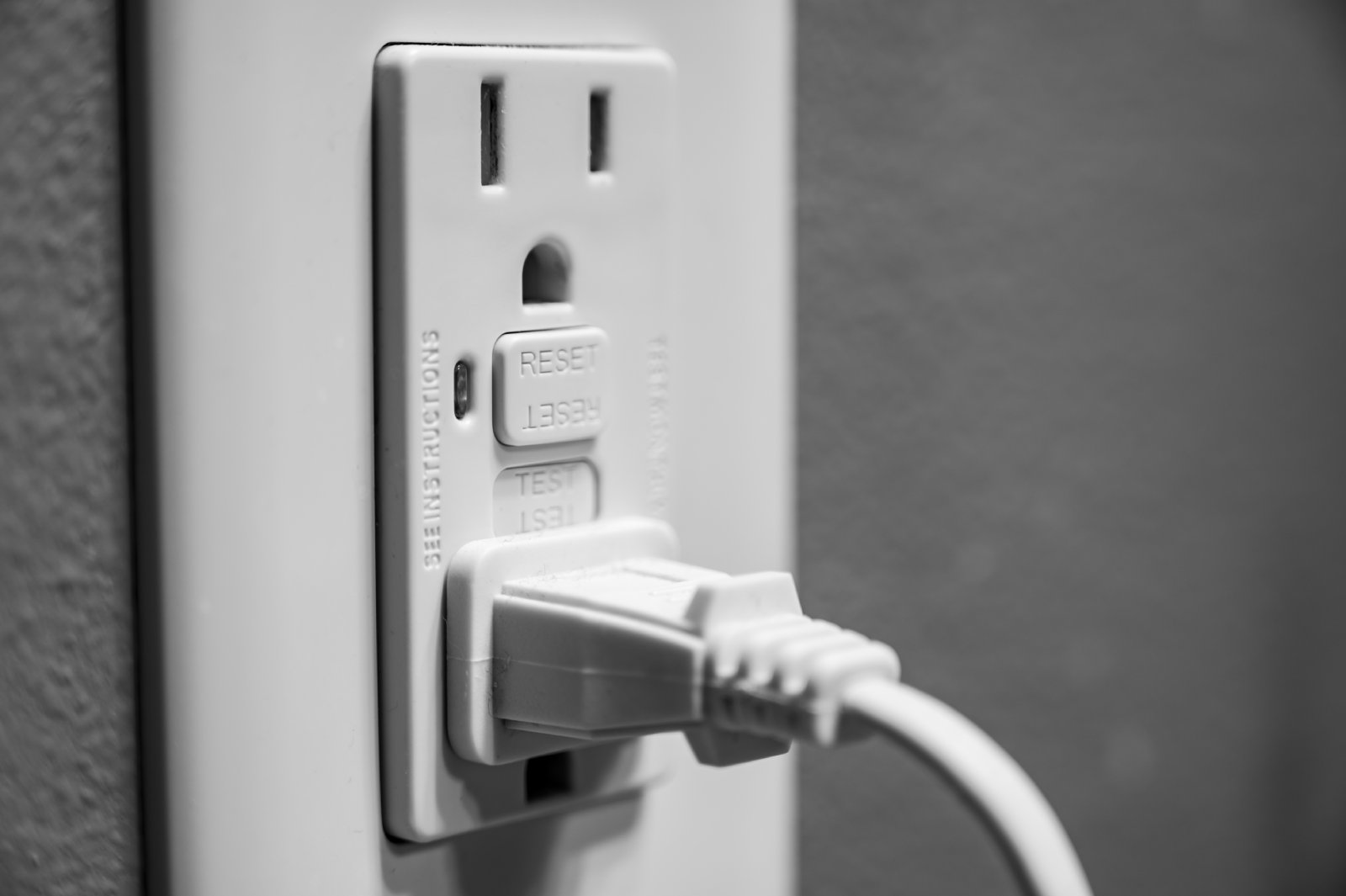
In today’s tech-heavy world, it’s easy to overload your home’s electrical circuits. Plugging too many devices into a single outlet or power strip can cause the circuit to overheat, leading to an electrical fire. This is especially risky in older homes with circuits that weren’t designed to handle the power demands of today’s gadgets. If you notice your circuit breakers tripping frequently, it’s a sign that your electrical system is under strain and in need of an upgrade.
Faulty Electrical Appliances—The Hidden Firestarter
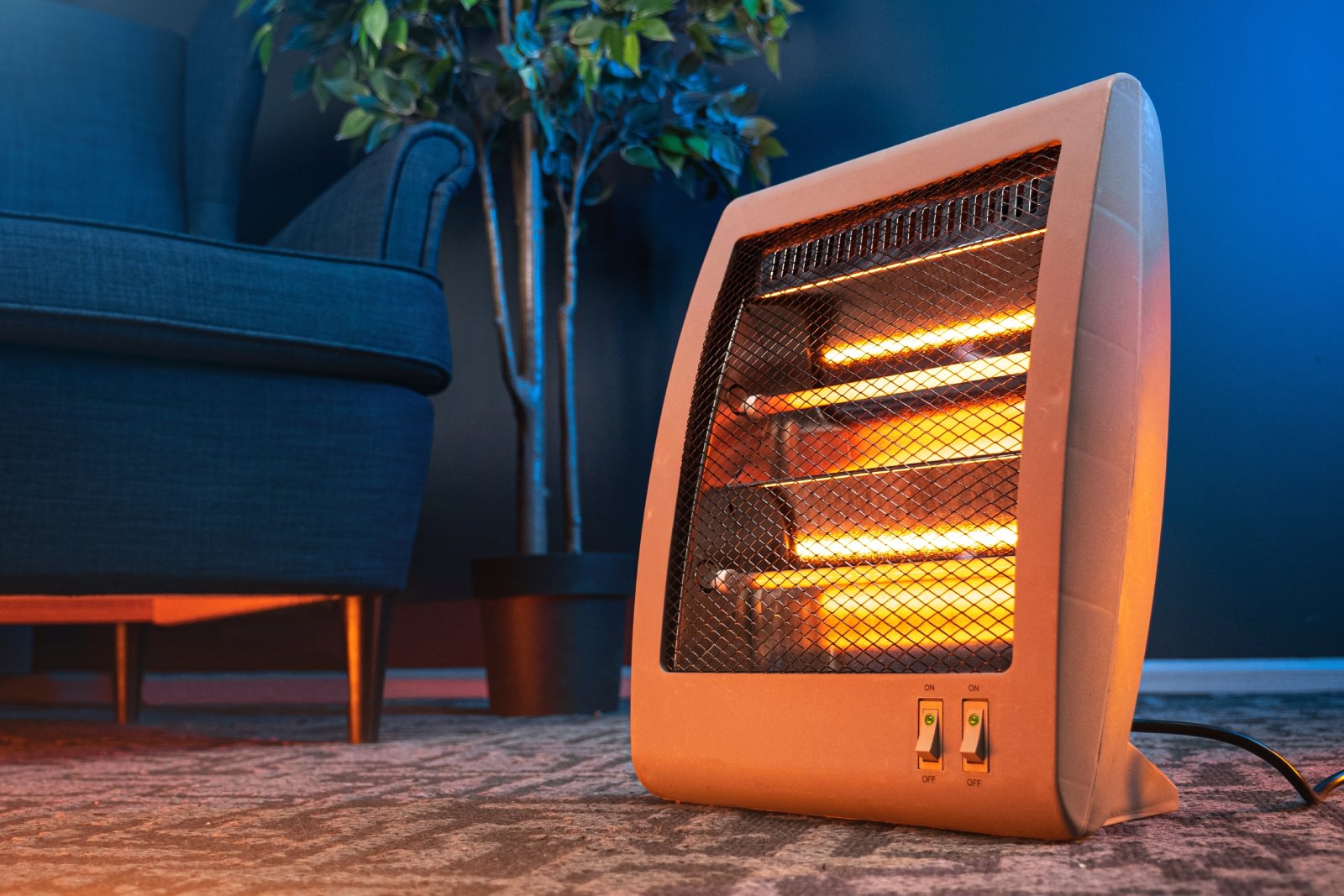
We rely on our electrical appliances every day, but not all of them are as safe as we think. Older or poorly maintained appliances can be a significant fire hazard, especially if their cords are damaged or if they haven’t been properly inspected. Space heaters, toasters, and even washing machines can all become fire hazards if not used and maintained correctly. It’s crucial to regularly check your appliances for signs of wear and tear and to replace them if they’re past their prime.
DIY Electrical Work—A Dangerous Shortcut
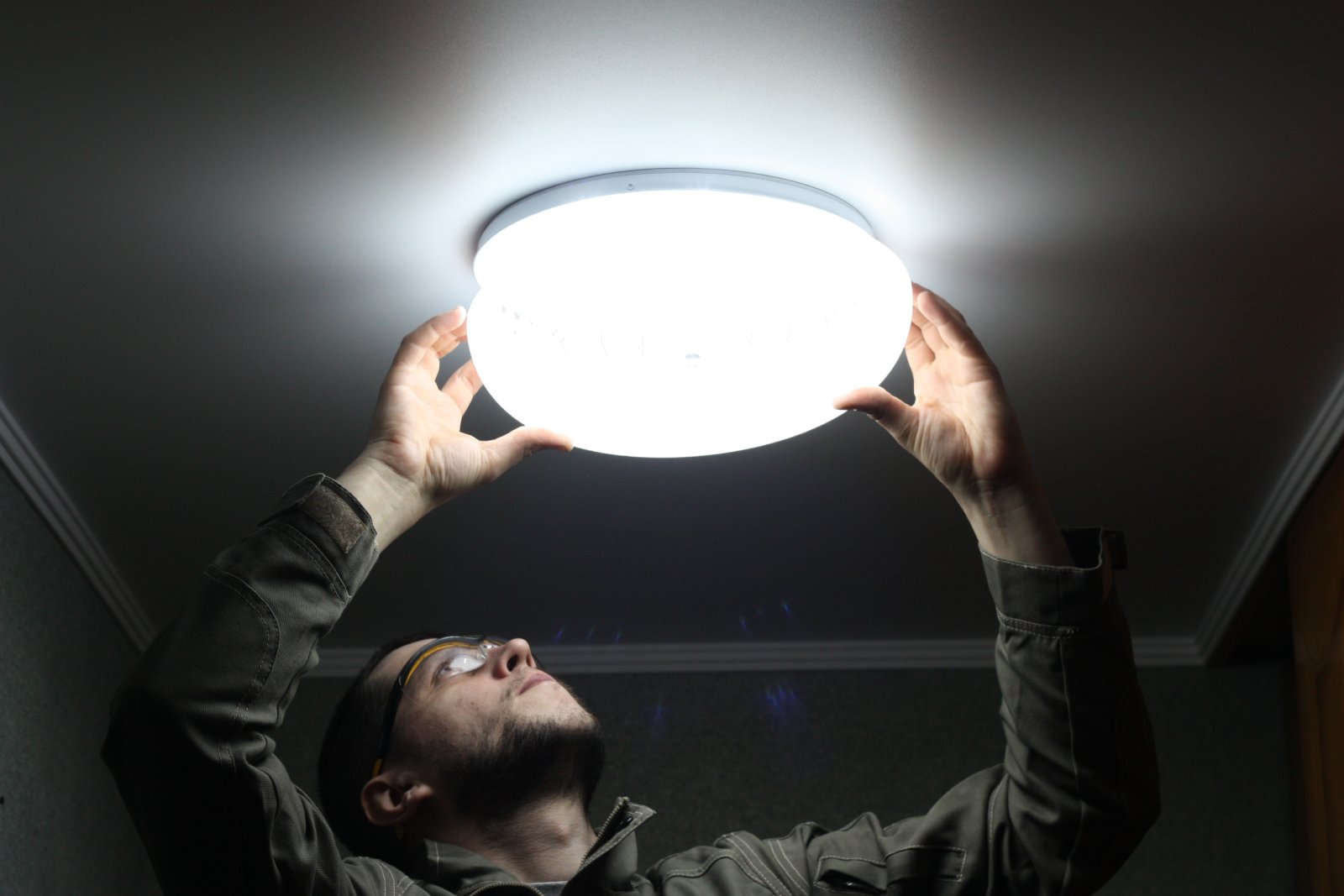
We all love a good DIY project, but when it comes to electrical work, it’s best to leave it to the professionals. Improperly installed wiring, outlets, or fixtures can lead to shorts, sparks, and, eventually, fires. Even seemingly simple tasks like replacing a light switch or adding an outlet can go wrong if not done correctly. If you’ve done any DIY electrical work in your home, it might be time to have a licensed electrician take a look.
Extension Cords—Convenient but Risky
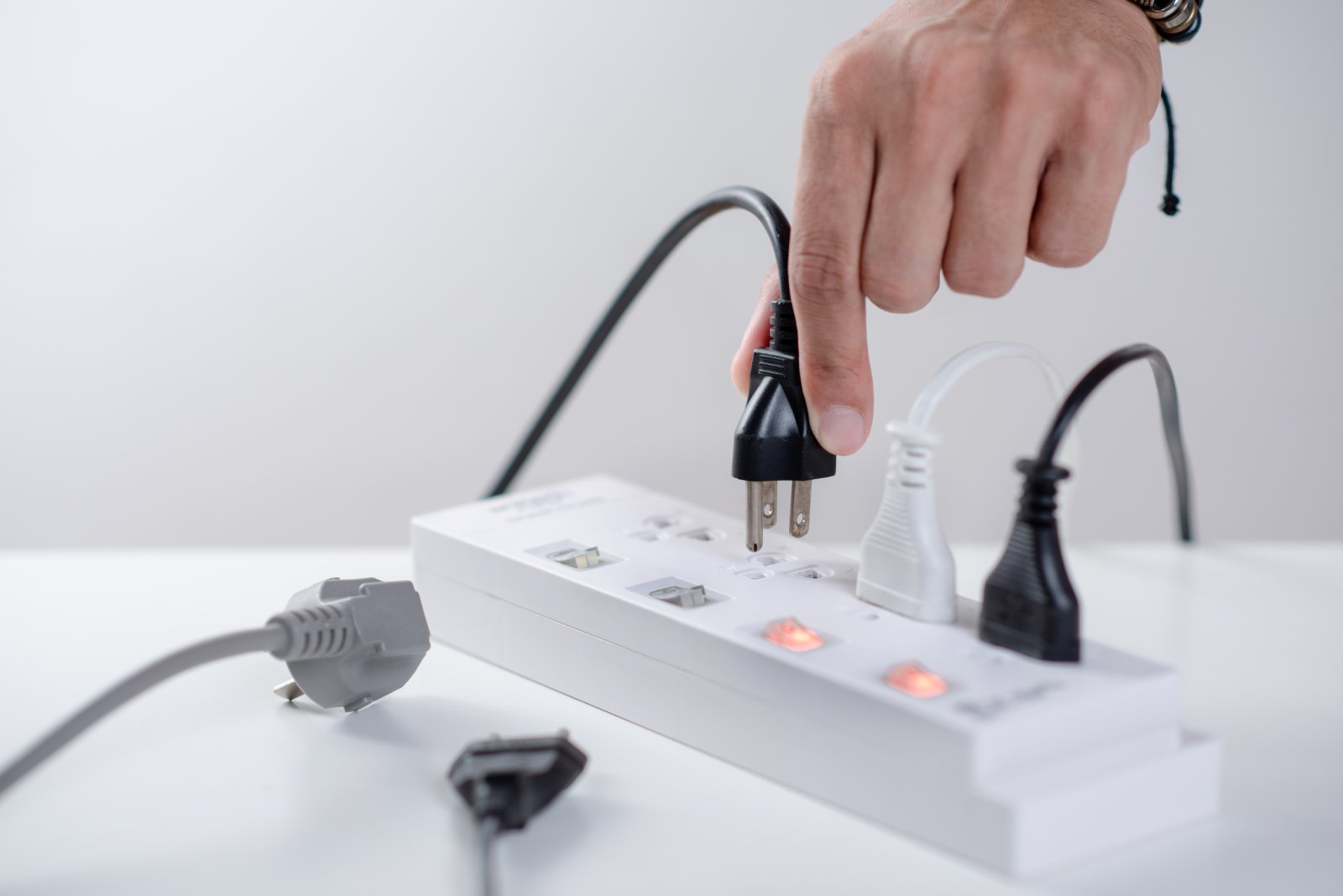
Extension cords are handy for getting power where you need it, but they can also be a major fire hazard if used improperly. Overloading an extension cord, running it under rugs or furniture, or using it as a permanent power source can all increase the risk of an electrical fire. Extension cords are meant for temporary use, and relying on them long-term can lead to overheating and potential fire.
Loose Outlets and Switches—Small Issues, Big Risks
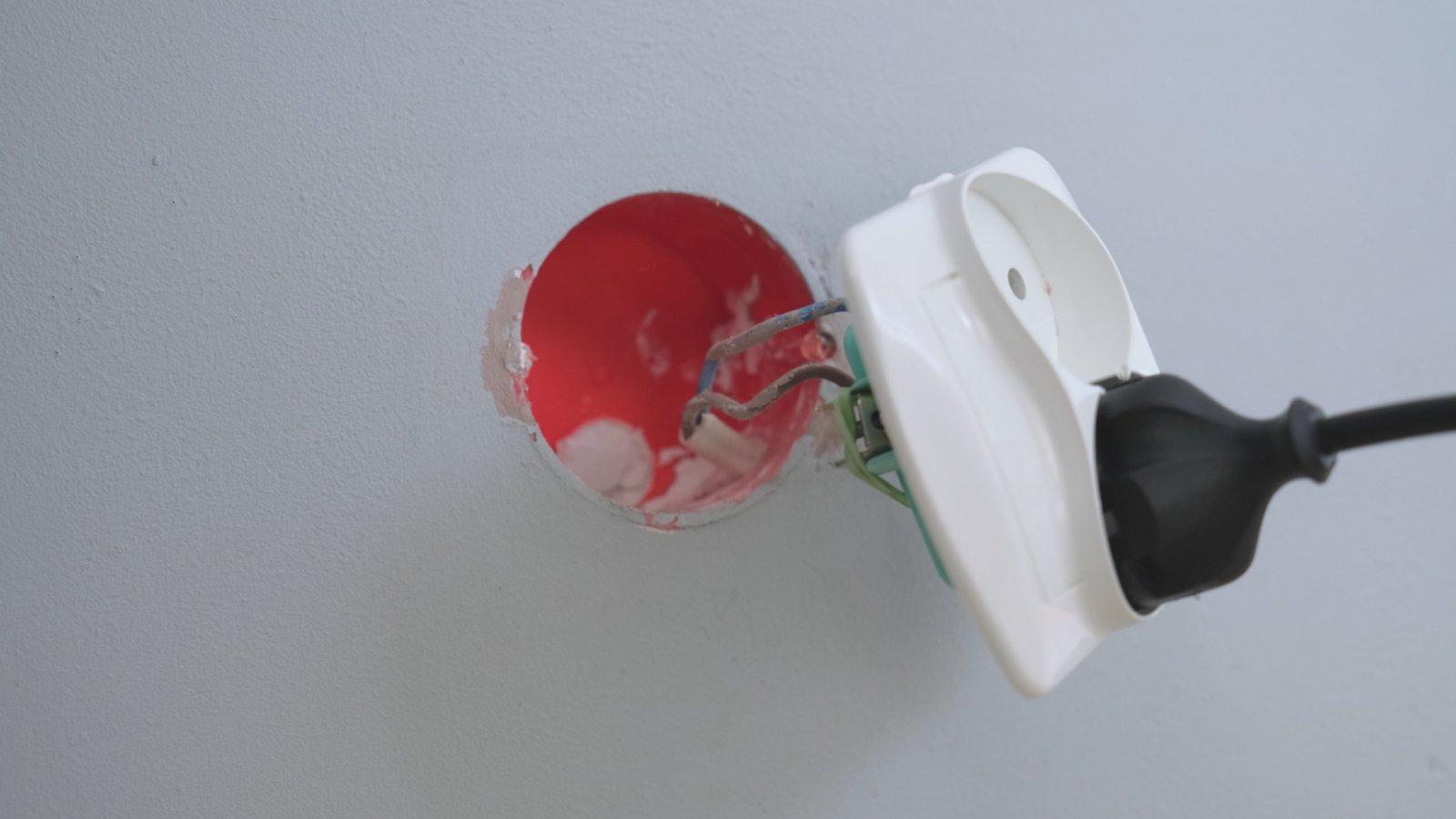
Loose or wobbly outlets and switches might seem like minor annoyances, but they’re actually significant fire hazards. When outlets or switches aren’t securely fastened, wires can come loose, leading to arcing—a condition where electricity jumps between connections, generating heat that can easily start a fire. If you notice any loose outlets or switches in your home, it’s important to have them fixed immediately.
Unseen Rodent Damage—A Hidden Menace

Rodents like mice and rats aren’t just a nuisance—they can also be a serious fire hazard. These pests love to chew on electrical wires, stripping away the protective insulation and exposing the live wires underneath. This damage often goes unnoticed until it’s too late, making regular inspections crucial if you suspect you have a rodent problem.
Ignoring Warning Signs—Don’t Wait Until It’s Too Late

Flickering lights, buzzing outlets, and the smell of burning plastic are all warning signs that something is wrong with your home’s electrical system. These are red flags that should never be ignored. If you notice any of these signs, it’s critical to call an electrician immediately. Addressing the problem early can prevent a small issue from turning into a full-blown disaster.
Protecting Your Home
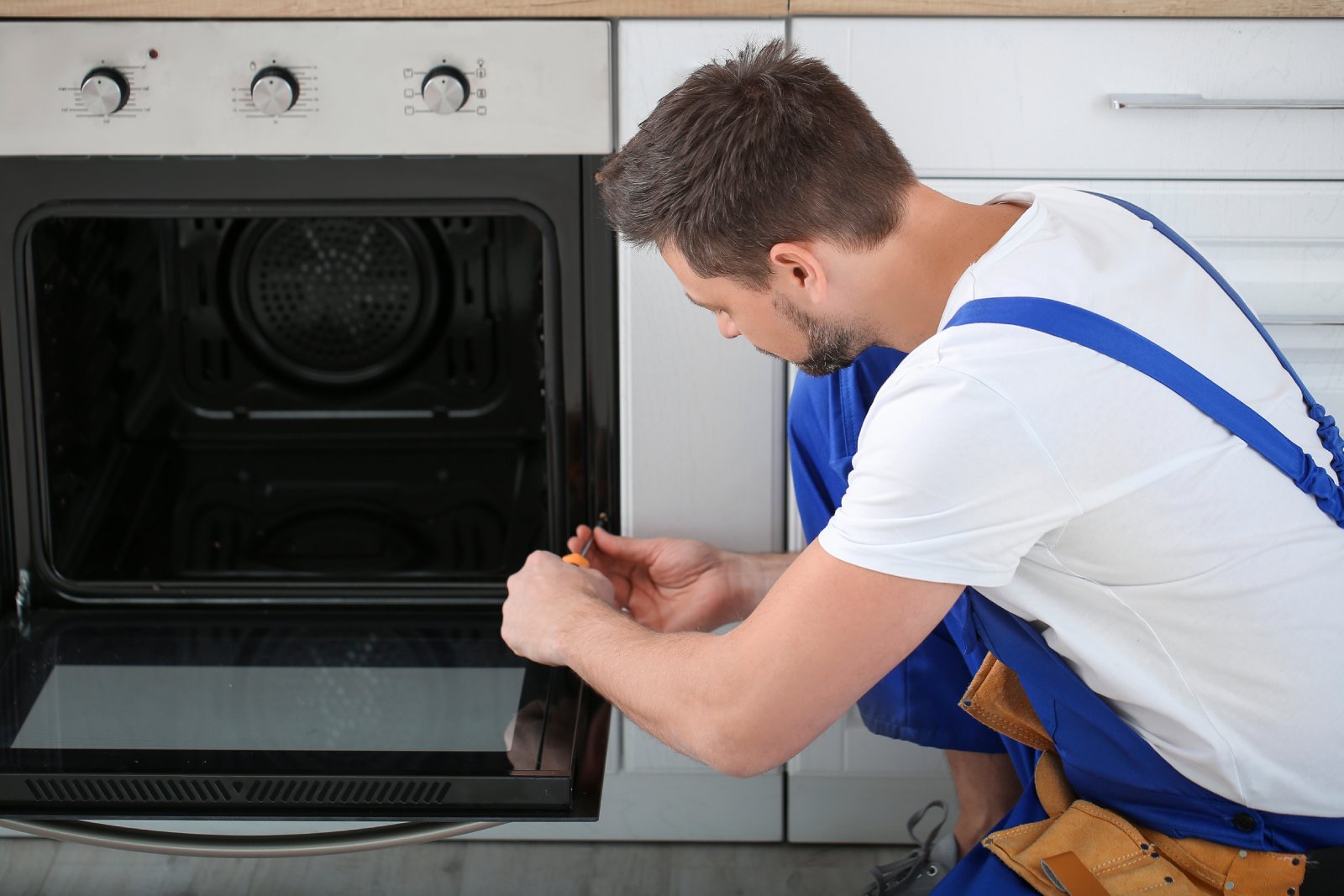
Preventing electrical fires starts with awareness and proactive maintenance. Regularly inspect your home’s wiring, appliances, and outlets, and don’t hesitate to call in a professional if something seems off. Investing in updated wiring, circuit breakers, and smoke detectors can also provide an extra layer of protection.
A Hidden Danger No More

Electrical fire hazards may be lurking in your home, but they don’t have to stay hidden. By staying vigilant and addressing potential dangers before they become serious, you can keep your home and your loved ones safe. Don’t wait for a disaster to strike—take action now to ensure your home is free from these hidden hazards.
Millennials Are Over It: 25 Reasons Woke Culture Is Losing Its Charm

Has the push for progress tipped too far into preachiness? Here’s why many Millennials might think so. Millennials Are Over It: 25 Reasons Woke Culture Is Losing Its Charm
Is It Time Boomers Paid the Price for America’s Economic Inequality?

The American Dream feels more elusive than ever, especially for younger generations. What was once achievable through hard work now faces significant hurdles, from skyrocketing college costs to the challenging pursuit of homeownership. Here’s a look at why it’s tougher for Millennials and Gen Z compared to Baby Boomers. Is It Time Boomers Paid the Price for America’s Economic Inequality?
Rent Crash in California: Landlords Scramble as Prices Take a Hit

California’s rental market is taking a nosedive, with major cities seeing huge drops in rent prices. Rent Crash in California: Landlords Scramble as Prices Take a Hit
Featured Image Credit: Shutterstock / Pixel-Shot.
The content of this article is for informational purposes only and does not constitute or replace professional advice.
The images used are for illustrative purposes only and may not represent the actual people or places mentioned in the article.
For transparency, this content was partly developed with AI assistance and carefully curated by an experienced editor to be informative and ensure accuracy.




